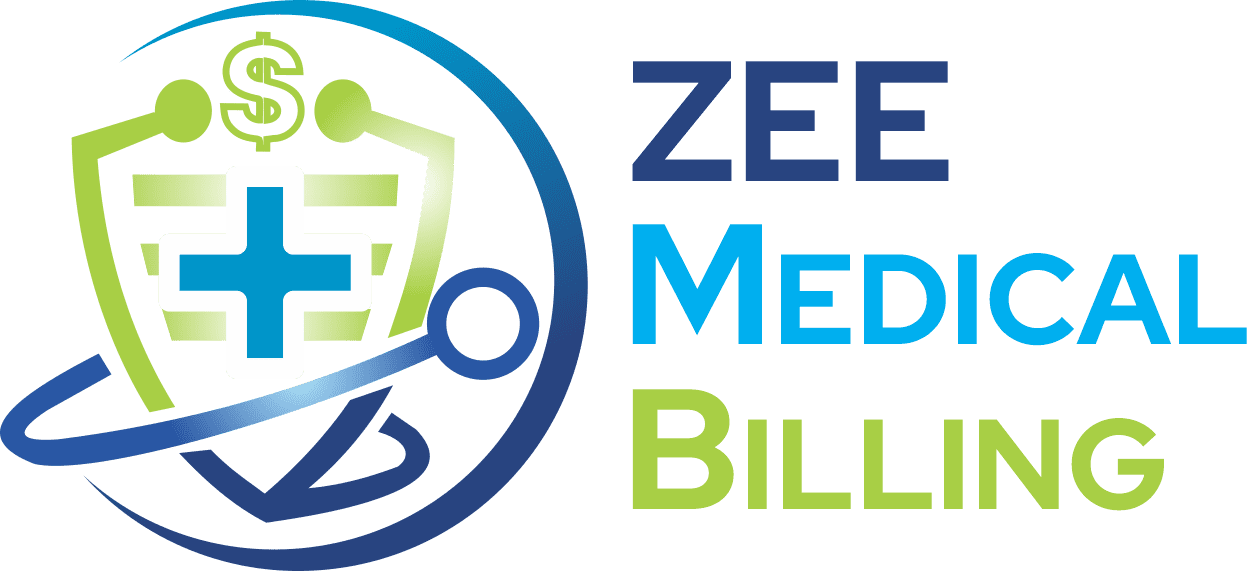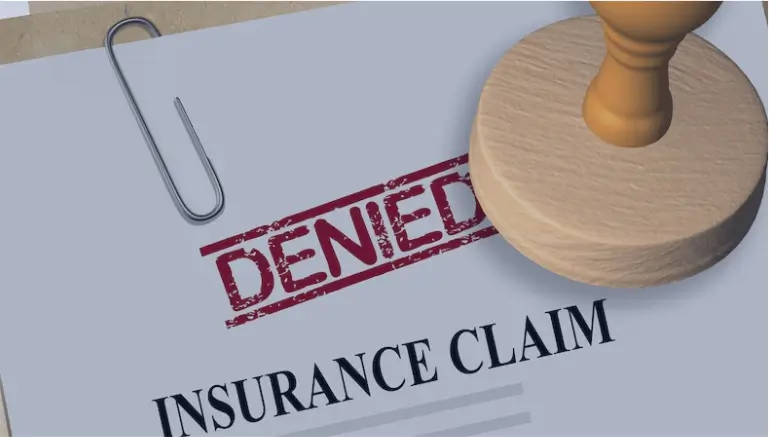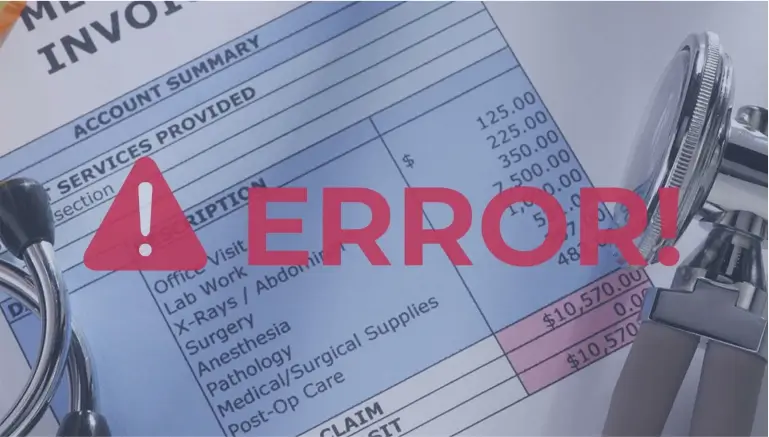In medical billing, correct coding ensures accurate payment and reduces claim denials. Modifier 25 is one of the most commonly used — and misunderstood — coding tools. When used properly, it can significantly affect reimbursement outcomes. Misuse can lead to audits, penalties, or delayed payments.
So, what is Modifier 25? In simple terms, it tells the insurance payer that the provider performed a significant, separately identifiable evaluation and management (E/M) service on the same day as another procedure. Important for situations where a patient comes in for a procedure and also needs other medical advice.
Understanding the 25 modifier meaning is essential for anyone working in healthcare revenue cycle management, especially coders and billers.
What Does Modifier 25 Mean?
The 25 modifier description according to the CPT® (Current Procedural Terminology) manual is:
- It is important to separate E/M services.
- This applies when the same doctor or qualified health care worker provides them.
- It should be on the same day as the procedure or service.
This means if a provider performs a minor procedure and evaluates a new or separate issue, Modifier 25 shows that both services were medically necessary and distinct.
Read More: Skin Tag ICD-10 Codes and CPT Guide for Easy Billing
In Simple Words:
- Use Modifier 25 when an E/M service goes beyond the usual pre- or post-procedure work.
- The E/M service must be medically necessary, documented, and not incidental to the procedure.
Real-Life Example: When to Use Modifier 25
Let’s say a patient visits a dermatologist for a skin tag removal. During the visit, the doctor also evaluates a suspicious mole unrelated to the skin tag.
In this case:
- The removal procedure has its own CPT code.
- The mole evaluation is a separate E/M service.
By appending Modifier 25 to the E/M code, the biller indicates that both services are distinct and billable.
When Not to Use Modifier 25?
Misuse is a common issue. Don’t use Modifier 25:
- Just to get paid more.
- If the E/M service is part of the routine work tied to the procedure.
- Without proper documentation supporting the medical necessity.
Think of it this way: if the visit didn’t involve any separate decision-making or new diagnosis, Modifier 25 should not be used.
Documentation: The Backbone of Proper Use
To justify the use of Modifier 25 in medical billing, clear documentation is key.
Make sure the chart notes:
- Reflects the separate nature of the E/M service.
- Includes history, examination, and decision-making details.
- Indicates medical necessity and reason for the E/M service.
Pro Tip: Always support the E/M visit with notes that could stand alone without referencing the procedure.
Common Mistakes to Avoid
Using mod 25 incorrectly can trigger red flags. Avoid these pitfalls:
- Upcoding: Using a higher-level E/M code than warranted.
- Duplicate billing: Charging twice for the same service.
- Poor documentation: Lack of medical necessity or separation between services.
Staying compliant means knowing the modifier 25 description. It also means understanding why we use modifier 25 in medical billing? We use it to show honest and necessary care.
Modifier 25 vs 59: What’s the Difference?
People often confuse modifier 25 vs 59, but they serve different purposes.
| Modifier | Used For |
| 25 | E/M service on the same day as a procedure |
| 59 | Non-E/M procedures that are distinct from each other |
Modifier 59 vs 25 boils down to this:
Use Modifier 25 for office visits and consultations. Use Modifier 59 for separate procedures or therapies done on the same day.
Read More: ERA vs EOB: What’s the Difference in Medical Billing?
Benefits of Proper Modifier 25 Use
When correctly applied, Modifier 25 helps:
- Prevent claim denials
- Maximize reimbursement
- Ensure compliance
- Provide a complete clinical picture
It shows a provider’s effort to check for new or worsening problems. This is separate from the main reason for the visit.
Best Practices to Follow
Here are a few tips to get Modifier 25 right:
- Educate staff: Make sure coders and providers understand when and how to use it.
- Use checklists: Implement audit tools to verify compliance.
- Leverage EHR systems: Flag visits where Modifier 25 may be needed.
- Review payer guidelines: Different insurers may interpret rules differently.
FAQs
1. What is the 25 modifier description in medical billing?
It shows a separate E/M service given on the same day as a procedure by the same doctor.
2. Why is Modifier 25 important?
It guarantees accurate reimbursement when a provider offers more than one service during a visit.
3. What’s the difference between Modifier 25 and Modifier 59?
Modifier 25 applies to E/M services, while Modifier 59 applies to distinct procedural services.
4. Can we use Modifier 25 with new patient codes?
Yes, if a provider delivers a significant E/M service that’s unrelated to the procedure.
5. Do all payers accept Modifier 25?
Most do but always check with individual payers, as rules may vary slightly.
Final Thoughts
Modifier 25 is not just a billing tool. It shows the real and necessary care given during a patient visit. When used correctly, it protects both the provider and the patient. It ensures that everyone recognizes and pays for all parts of the visit properly.
The key? Know when to use it, document clearly, and never guess.
If you’re in doubt, review the scenario carefully or consult a coding expert. Accuracy and transparency in coding ultimately lead to fewer denials, smoother audits, and better financial outcomes.
Need Expert Medical Billing Services?
Zee Medical Billing provides professional billing solutions tailored to healthcare providers across the United States. In addition to offering top-tier support from our main office, we proudly serve clients in Illinois, Indiana, California, Kentucky, New York, Washington, Georgia, Alabama, South Carolina, Texas, Pennsylvania, Ohio, New Hampshire, Nevada, Massachusetts, Hawaii, Arizona, and Colorado! Whether you’re looking to streamline your revenue cycle or improve claims accuracy, you can reach out to us to learn more about how we can support your practice.
























